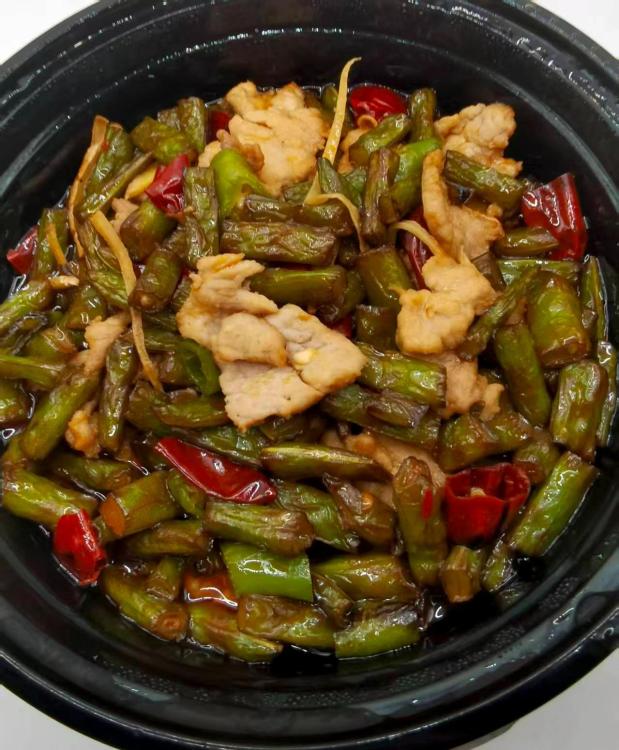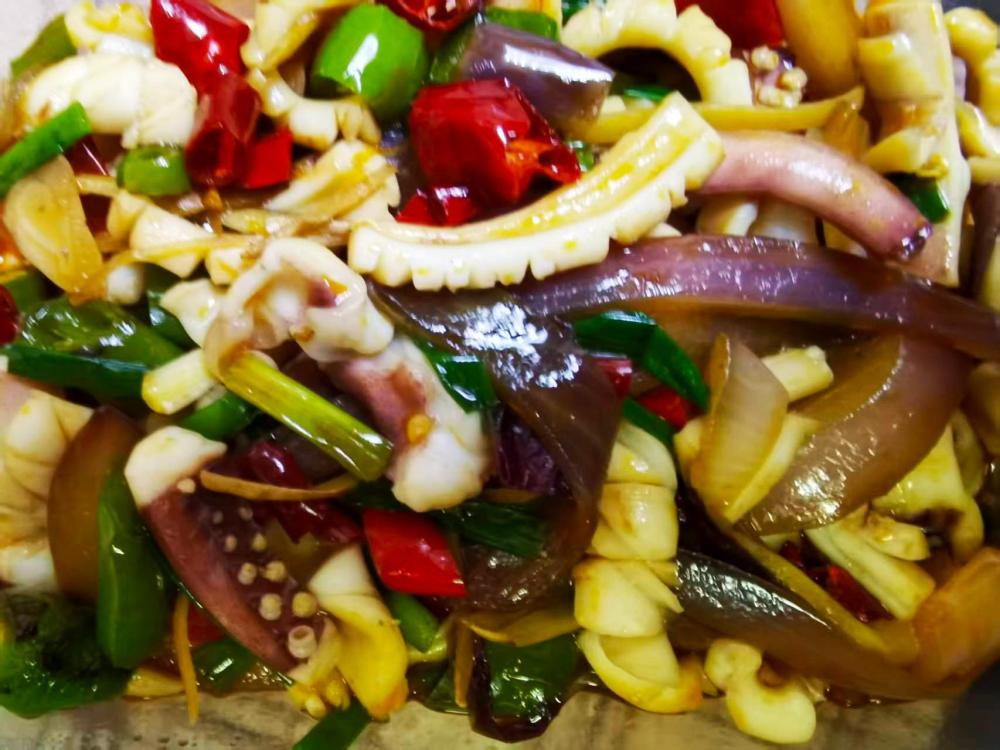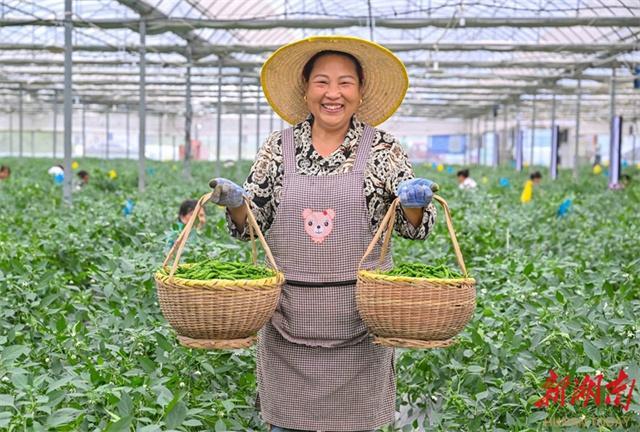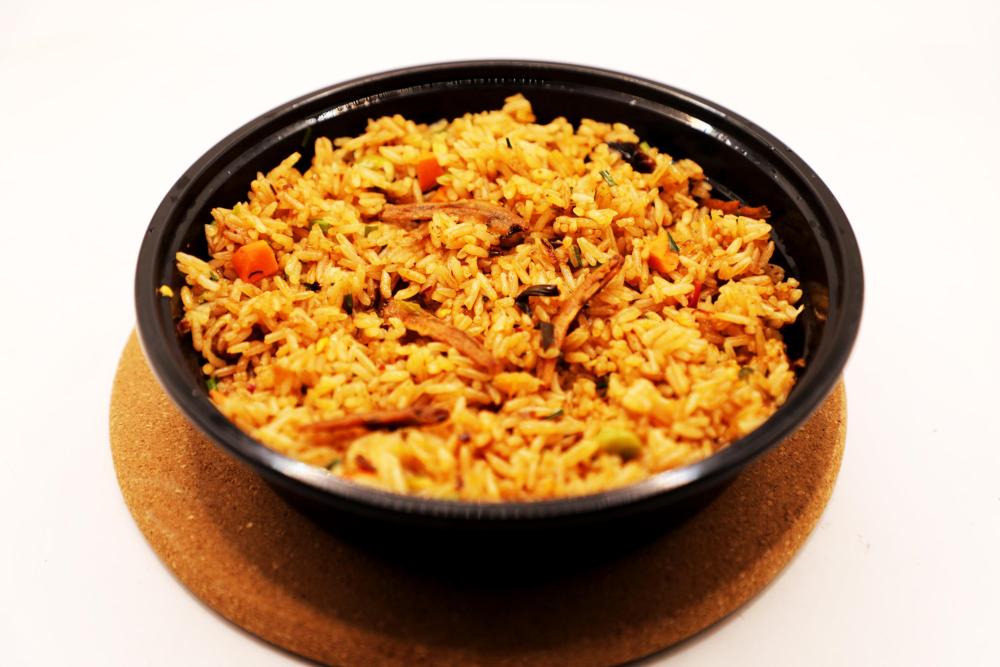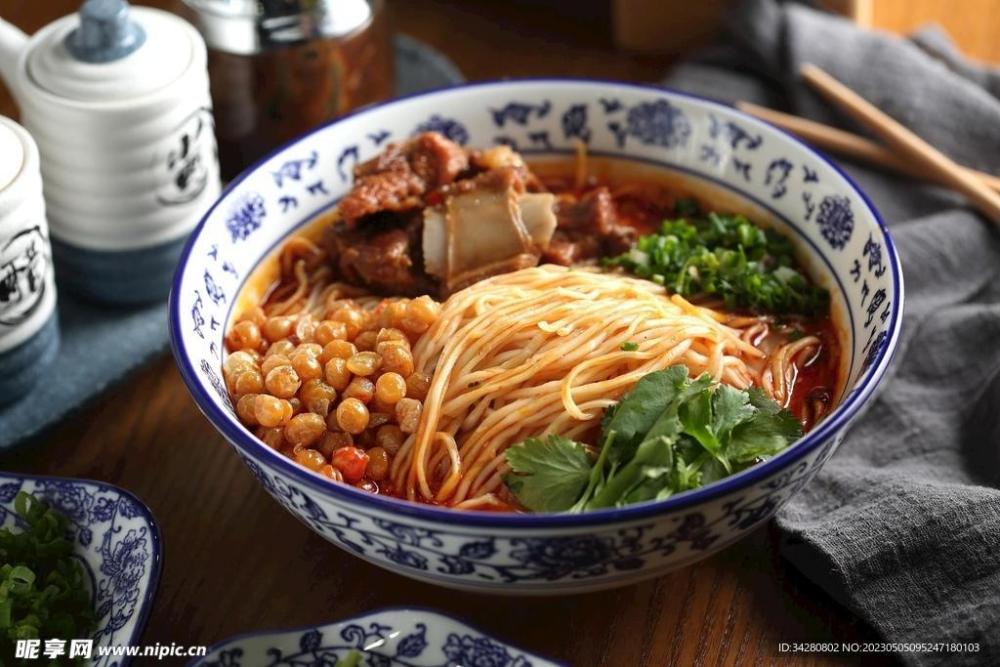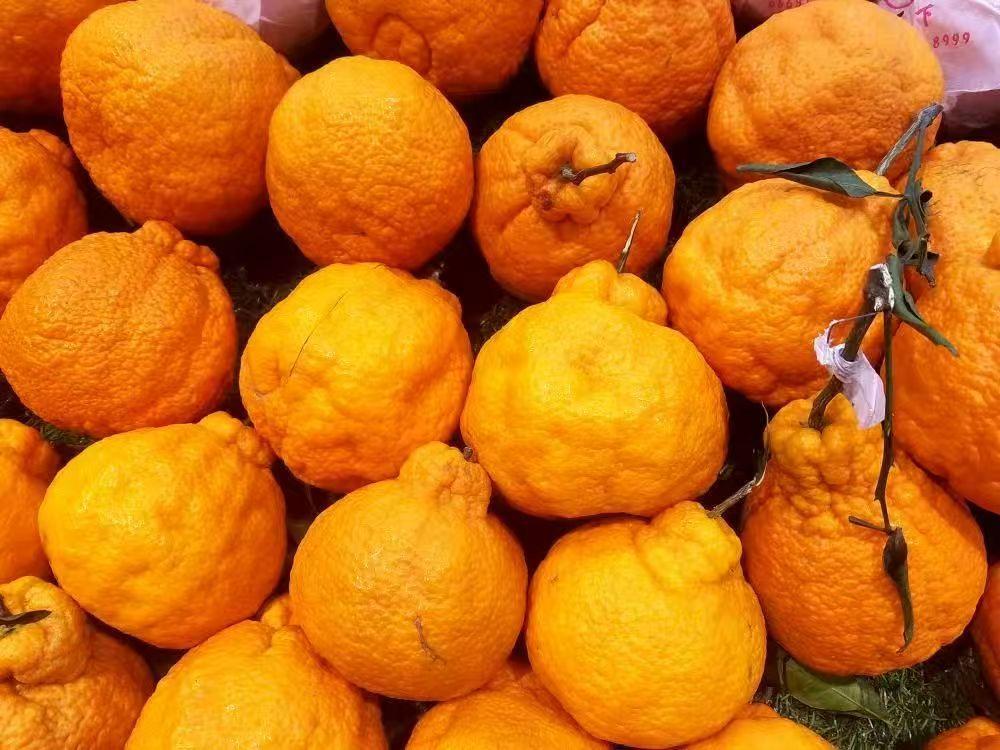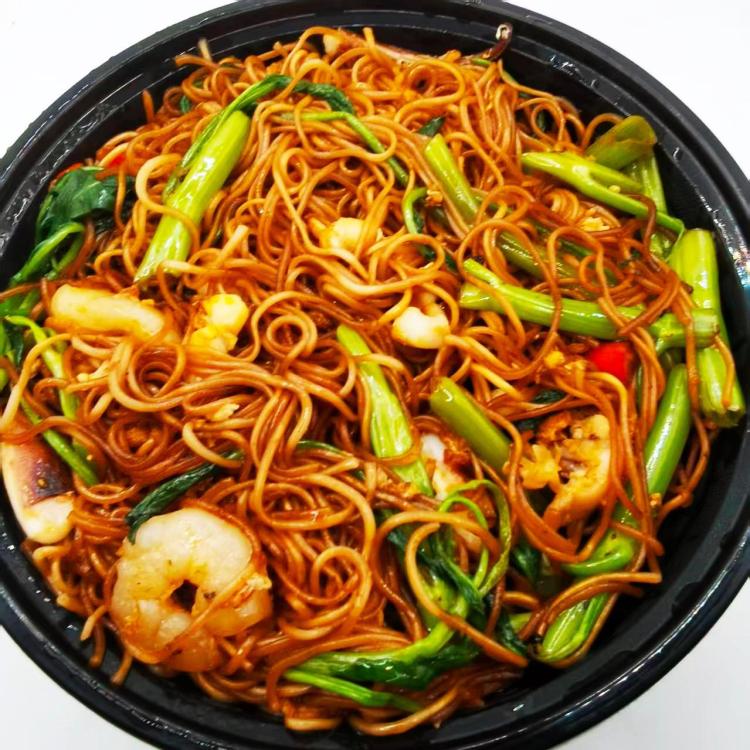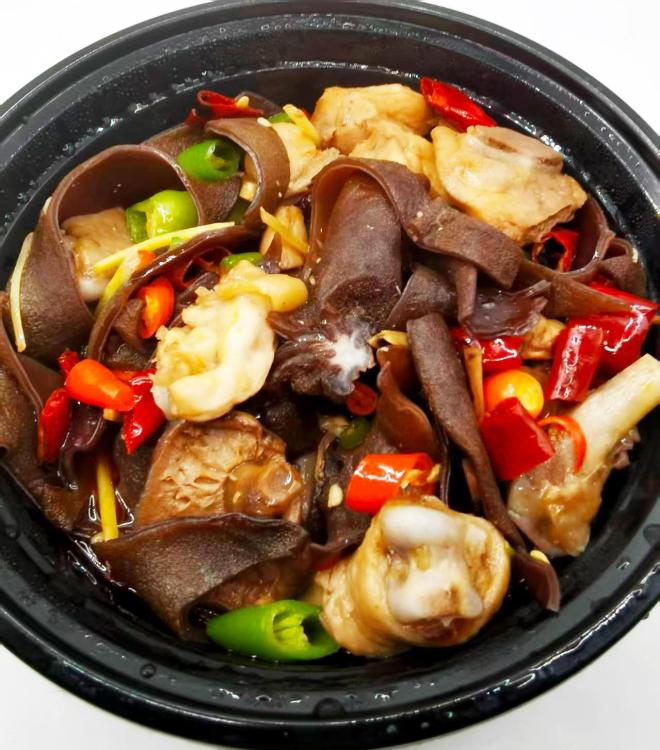-
Posts
16,716 -
Joined
-
Last visited
Content Type
Profiles
Forums
Store
Help Articles
Everything posted by liuzhou
-
I couldn't disagree more. PDO classification is more than that. It is a guarantee that what you get is what you expect. A specific product made from specified ingredients in a specified manner in a specified place. Without it, it could be anything. I don't know what Champaigne (sic) is. I prefer Champagne.
-
I bought this in the James Joyce museum in Dublin which is located in the Martello tower which is the location of the opening of his masterpiece, Ulysses. "Yes" is the final word of the novel.
-
四季豆炒土猪肉 (sì jì dòu chǎo tǔ zhū ròu), Green bean and organic pork with red and green space chillies. Served with rice.
-
I never use the things. I don't see the point. They're just another thing to wash later. Anyway, I like the the look of wood.
-
Having salmon for dinner? You might want to read this first. ‘Those who eat Chilean salmon cannot imagine how much human blood it carries with it’ | Chile | The Guardian
-
In Hebrew it's פטה (pate), but much milder than the Greek.
-
In Europe (including the UK) and many other countries around the world Feta Cheese is a protected name and can only be made in Greece from sheep's milk or sheep and a maximum of 30% goat's milk. Similar brined cheeses cannot be called feta. Of the major developed countries, only Australia and the USA ignore this. American "feta" is made from cow's milk. But there is a problem. Greece is facing a problem as a disease called sheep and goat pox is spreading throughout its herds and almost half a million animals have had had to be culled, leaving feta makers with little increasingly milk to turn into feta (as Greece normally does with 80% of its total sheep milk. There is more information here. Greek sheep and goat cull raises fears of feta cheese shortage
-
Hmmm. What kind of websites are you frequenting?
-
So, you're looking for a stuffing with no sausage meat, but breadcrumbs. Anything else?
-
Hunan style squid with red and green chilli, onion, garlic scapes, black vinegar, Shaoxing wine. Served with rice.
-
The BBC are reporting that a major snail farm in France has had its entire stock of snails valued at €90,000 (£79,000; $104,000) snatched. French farm has €90,000 worth of escargot snails stolen Now I'm worried that I may get the blame. After all, I live in Liuzhou, China's most snail obsessed city.
- 1 reply
-
- 2
-

-
Here's a bit of an update on these chillies. Hunan Government Website International-enghunan.gov.cn Zhangshugang Pepper Becomes a Thriving Industry in Yueyang
-
Chongqing, 重庆 (chóng qìng) is a major city in south-west China. It is the world’ s largest city by population. Until 1997, it was part of Sichuan province, but was separated by the central government and taken under direct control. Several well known Sichuan dishes originated there. One of their signature street food dishes is 重庆小面 (chóng qìng xiǎo miàn) Chongqing Small Noodles. A simple dish of boiled wheat noodles with some vegetables, pickles, peanuts and seasonings. You can usually then customise this by adding other ingredients of your choice. These consist of meats and beans/peas. Now, inspired by the success of Liuzhou luosifen’s industrialisation, they have begun producing packaged xiao mian to finish at home. Details here. I’m not sure it will reach the level of success they are seeking. I have two reasons. a) the amount of variations are heading for the infinite means they would have to choose just one for mass production. Which one? b) the success of luosifen relied on the dish being impractical and much more expensive to make at home. Its broth alone takes 16 hours simmering. Even more is that authentic luosifen can only really be made here in Liuzhou as it depends on local ingredients, otherwise not available. Xiao mian, on the other hand is easy to make with no unusual ingredients. There are recipes on the internet and Fuchsia Dunlop’s The Food of Sichuan (eG-friendly Amazon.com link) has a good recipe. .
- 1 reply
-
- 3
-

-

-
Chef Skye Gyngell, who pioneered the slow food movement, dies aged 62 | Restaurants | The Guardian
- 1 reply
-
- 2
-

-

-
No. Mine is wired. The wireless ones don't seem to be available here. The corded ones are also more powerful. I too like the mini chopper bowl / food processer, though. This is the model I have, although mine is a deep maroon; not red.
-
I was about to say the a rice cooker is the way to go but I guess that depends on how often you eat rice and available storage space. Everyone has one here, but the do eat rice at least twice a day. You don't need an expensive one - even a basic one does the job perfectly well. I have two: a small one for when it's just me and a large one for when I now rarely, entertain.
-
You'd have to prise my cold dead hands off my Bamix.
-
An interesting article in the Grauniad today. ‘The English person with a Chinese stomach’: how Fuchsia Dunlop became a Sichuan food hero | Chinese food and drink | The Guardian Although I admire Ms Dunlop a lot for her recipe books, for her introducing Sichuan cuisine to the west and agree with most of this article, there are a couple of obvious problems. Having sold 200,000 copies of a book in China is extremely low. With a population around 4 billion population, it is nothing. Do the mathematics. I have been in China for 30 years heavily involved in food and have never met anyone who knows her. Also, Walmart in China sells very little western food. They aren't that stupid. Few people want it. But with those caveats, it's still a good read.
-
- 2
-

-
There have been a couple of occasions I've put some fresh chillies into the fridge and forgotten about them, only to find the weeks later lurking behind something else. They were perfectly dried! Despite that, probably not the best method.
-
Many years ago, there was a trend in the UK for serving Sol beer in the bottle with a wedge of lime in the neck of the bottle. This apparently baffled Mexicans, not so much for the lime but that the idea that Sol would be popular. Back there it was, maybe still is, considered to be of very low quality. Some wag responded by pushing a photograph of a bottle of Newcastle Brown with a sausage in the neck. I have searched for that image but sadly failed.
-
I really like them a lot. They should be juicy.
-
It seems the information I previously found on the giant tangerines mentioned upthread was incorrect. Rather than having been developed in Israel, it appears they were first bred in 1972 in Japan as a hybrid of Kiyomi and ponhan citruses. In Japanese, they are デコポン (dekopan). They are sometimes referred to as sumo mandarin or sumo citrus in English. An alternative name in Chinese, is 凸顶柑 (tū dǐng gān), literally 'protruding top tangerine'. They have been introduced into Australia and in limited numbers in the USA.
-
-
青椒木耳炒鸡 (qīng jiāo mù ěr chǎo jī), Hunan style green pepper fried chicken with wood ear fungus. Served with rice.




